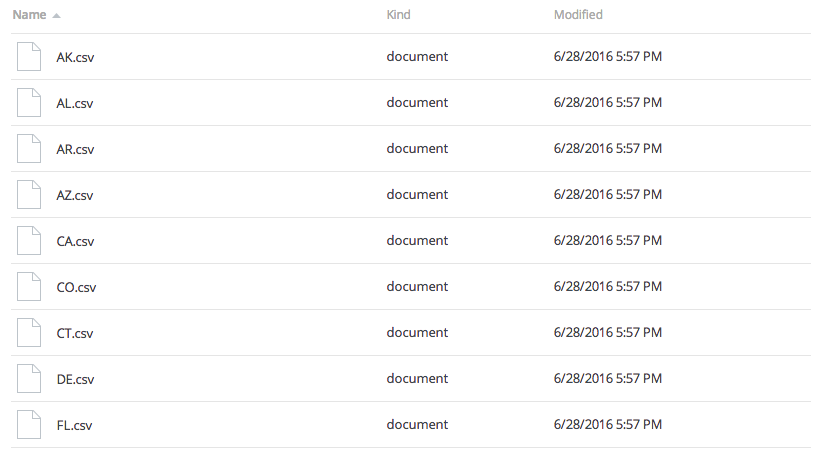We’re posting every XOXO talk on YouTube, one every weekday in speaker order, and we’re a little over halfway through. There’s some really amazing stuff in there already, it’s hard for me to even pick favorites. Jonathan Mann and Gina Trapani are personal highlights.
The most popular talk we’ve ever had, by a decent margin, is Anita Sarkeesian talking about the tactics used by sexist jerks to discredit her and other women online. Go watch it. There’s an interesting behind-the-scenes story there, but maybe another time.
I just posted Justin Hall’s talk today, and it’s pretty great.
When he gets onstage, you can see he’s visibly shaken. That’s my fault. Before I introduced him to the stage, I told the audience that his site was the inspiration for teaching myself HTML in 1995. I told him I’d followed his life online for over 20 years, he opened my eyes to ways of using the web I’d never considered, and that he deeply influenced the way I thought about technology.
I made Justin Hall cry. And then we cut out my intro from the video, making him look like a big crybaby. Whoops!
There’s so much I love about Justin’s talk.
In 1995, starting at age 19, he started spilling the most intimate details of his life online, from his father’s suicide, the drugs he was taking, and the interactions he was having with friends, family, lovers, and long-time partners.
He wanted everyone to experience this, so spread the word in person and on TV and on roadtrips, an evangelist for the web as a personal communications medium. A Johnny Appleseed for HTML, trying to use technology to generate empathy.
It didn’t play out quite like he expected.
It takes a profound sense of self-awareness to realize the flaws in your deepest-held beliefs, talk about them publicly, and do the work to fix them.
“We’re all scientists of our own lives. We’re all constantly running experiments, every day. And what the web allows us to do is to share our data. What are we learning about our experiments, about what it means to be a good person and be connected?
We can use the web to share those truths with each other and evolve them, because we don’t know!
Let’s learn together until we’re dead.”
Sounds good to me.



